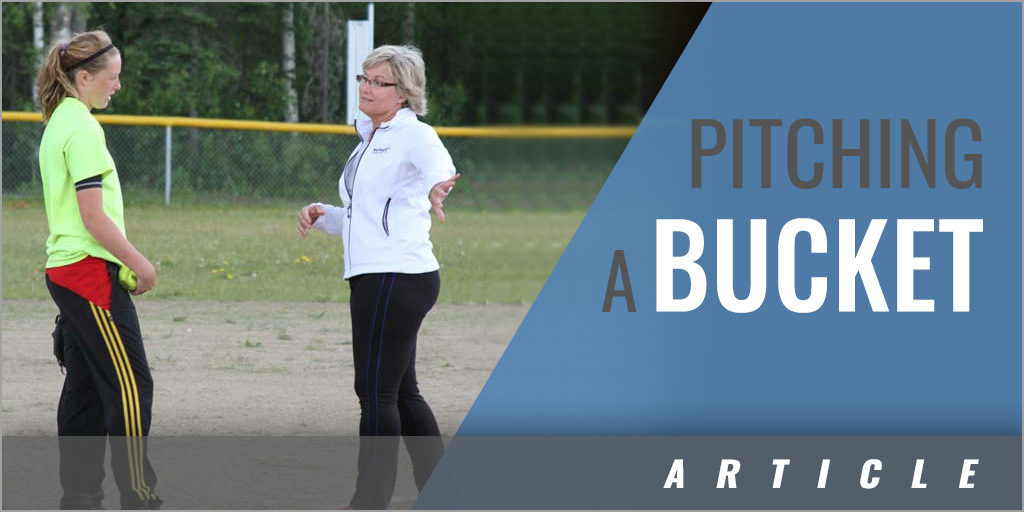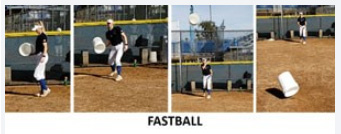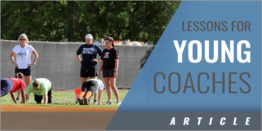|
By: Cindy Bristow Provided by: Softball Excellence Could your pitchers stand to have more break or velocity on the ball? If so, you might be surprised to discover what will help them get it. Discover a very powerful and simple way to make your pitchers better. Whose pitchers couldn't benefit from having more movement on the ball, or throwing the ball faster? Yet, our pitchers have put hundreds of hours and years of practice into these two things and they still struggle with their movement and speed. First, let me say that unlike many people in the pitching world, I'm a HUGE proponent of the importance a pitcher's hand plays in the pitch. I'm not a mechanics-maniac like many people, but instead, would call myself a fanatic about the role a pitcher's hand plays. OK, that argument aside, I think we can all agree that the last thing (and only thing) to touch the ball is the pitcher's hand, so it must be pretty good at conveying distance, direction and movement to the ball. The majority of the pitchers I see struggle with how efficient their hands are during the release point, which translates into them struggling with how efficient the pitch is. What a pitcher's hand does at release is what the ball does at the plate. So, grab a simple 5-gallon bucket (old and empty) and discover an incredible way to make a huge impact with your pitchers.
To improve your pitcher's speed - they need to pitch the bucket for distance. Sounds easy, until you pick up a bucket and simply try to figure out how to hold it as a pitcher. Help them out by telling them to use their hand on the side of the bucket and not rest the bucket on their forearm. Sure, it's hard, but they do hard all the time. They'll have to apply more pressure to the bucket with their fingers and spread their fingers out to better control the bucket. Then, have them simply swing their arm back (don't go over the top) and pitch the bucket forward as far as they possibly can. They'll be amazed when they first try this as the bucket will probably go up, possibly sideways, but not very far forward. No doubt, their hands are slipping slightly at release which means they're losing some of their power - which is also happening when they're pitching the ball. I call this fastball buckets, and it REALLY helps them apply forward direction and power to the ball. Have your pitchers see how far forward they can pitch their bucket - don't put a limit on it.
To help their moving pitches - particularly the rise and drop - they'll still use the bucket, but this time they're going to twist the bucket either backwards (riseball) or forwards (dropball) as they also throw the bucket forward. The problem with the way most pitchers practice is they simply twist balls from their back hip while spinning the ball up to themselves. While this might give the ball the correct spin direction, it does nothing to help the pitcher throw that spin 43 feet forward. It's this forward distance added to the spin direction that movement pitches require. When throwing the bucket for a Riseball, the pitcher will want to violently twist the bucket backwards while also throwing the bucket about 15 feet forward. Any slipping of the fingers during the release and they will lose either distance or bucket rotations, or both. This is an incredible way to help your pitchers gain a feel for the two critical concepts of twist direction (in the case of a Riseball it's backwards) as well as ball direction (which is ALL the way forward). |








